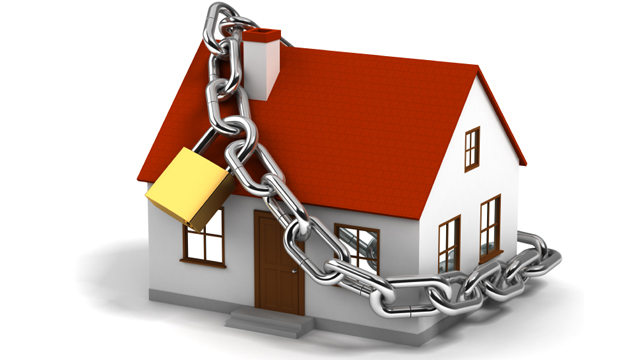Easy tips to keep your smart home safe and secure
Smart home technology, also known as the internet of things, brings more efficiency, comfort, and energy savings to your home. Everything from thermostats that can learn the preferred temperature settings of the family to security cameras, refrigerators and TVs. This means less effort and time for our daily activities, such us cleaning and shopping. The experience such technology offers is outstanding, and according to forecasts and research firms, pretty much everything in your home will soon be connected to the internet.
However, as more and more of us welcome these devices into their homes, the digital hunting ground tends to get bigger and bigger for hackers. In fact, we hear about it every so often –one week it’s a smart refrigerator that gets hacked to send spam texts, the next is a smart TV used to monitor people’s activities. And that’s just the beginning. A recent disclosure shows that the sheer number of unsecured IoT devices is one of the main reasons for massive DDoS attacks becoming more frequent.
So, how can you prevent your smart home from turning against you or other people?
Well, here some crucial tips we’ve collected to make it easier for you to protect yourself and your family.
-
1. Do your homework before buying IoT devices:
Before welcoming any IoT device into your home, think about how suitable it is for the intended purpose. For example, smart heating devices and apps ensure that your home is only heated when you’re actually there, to help you cut energy bills. But what will happen if your power or internet connection goes down suddenly? Also, it is important to focus on companies that are as committed to the security of their products as they are to their products.
-
2.Use a smart password strategy:
Passwords are the first line of defense against cyber-attacks, whether it’s for internet routers, smartphones or home automation applications. For this reason, it is very crucial for consumers to change the default details and configurations, also it is worth to make sure you change passwords are changed frequently (more than once a year).
-
3.Enable two-step authentication:
When you enable two-step authentication, you –by default- add an extra layer of security to your account. You use both your password and a code you receive by a text message. It might take a little longer to log in, but it is definitely worth it.
-
4.Install the latest updates:
Just as you update your laptop and phone operating systems along with other software you use regularly, you should always be on the lookout for new updates and latest security patches for your smart home devices. Set automatic updates wherever possible or make a note to check for updates every three months or so.
-
5.Use secure Wi-Fi network:
Home automations that are connected to insecure or public Wi-Fi make it as easy as pie for hackers to access your sensitive data. Therefore, it is very important to use a secure network before putting smart home technology to use.
You should also consider using a service that provide advanced encryption standard (AES) to prevent hackers from decoding your data even when they intercept the signals.
A VPN service such as VPN.Express are the best tool you can use to secure all your devices including your IoT devices from hackers and cyber-criminals.

 Follow
Follow